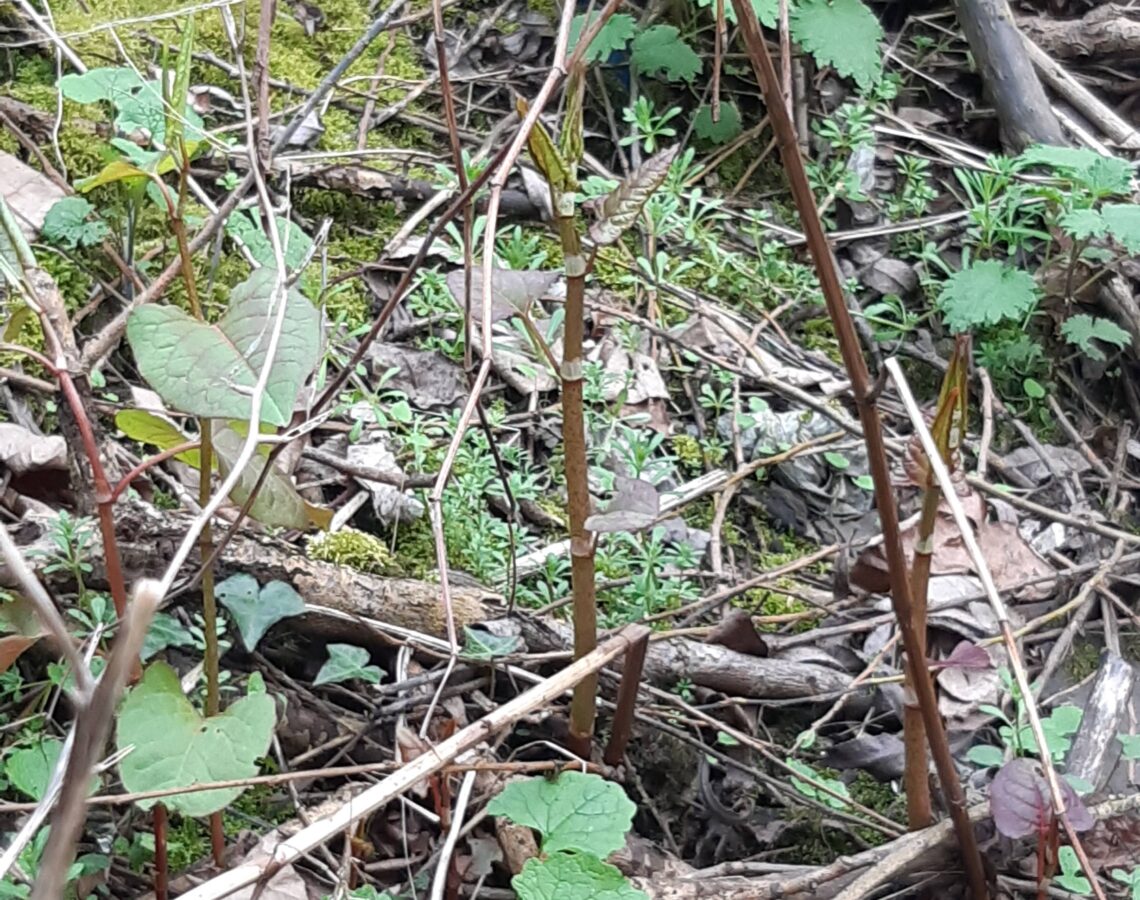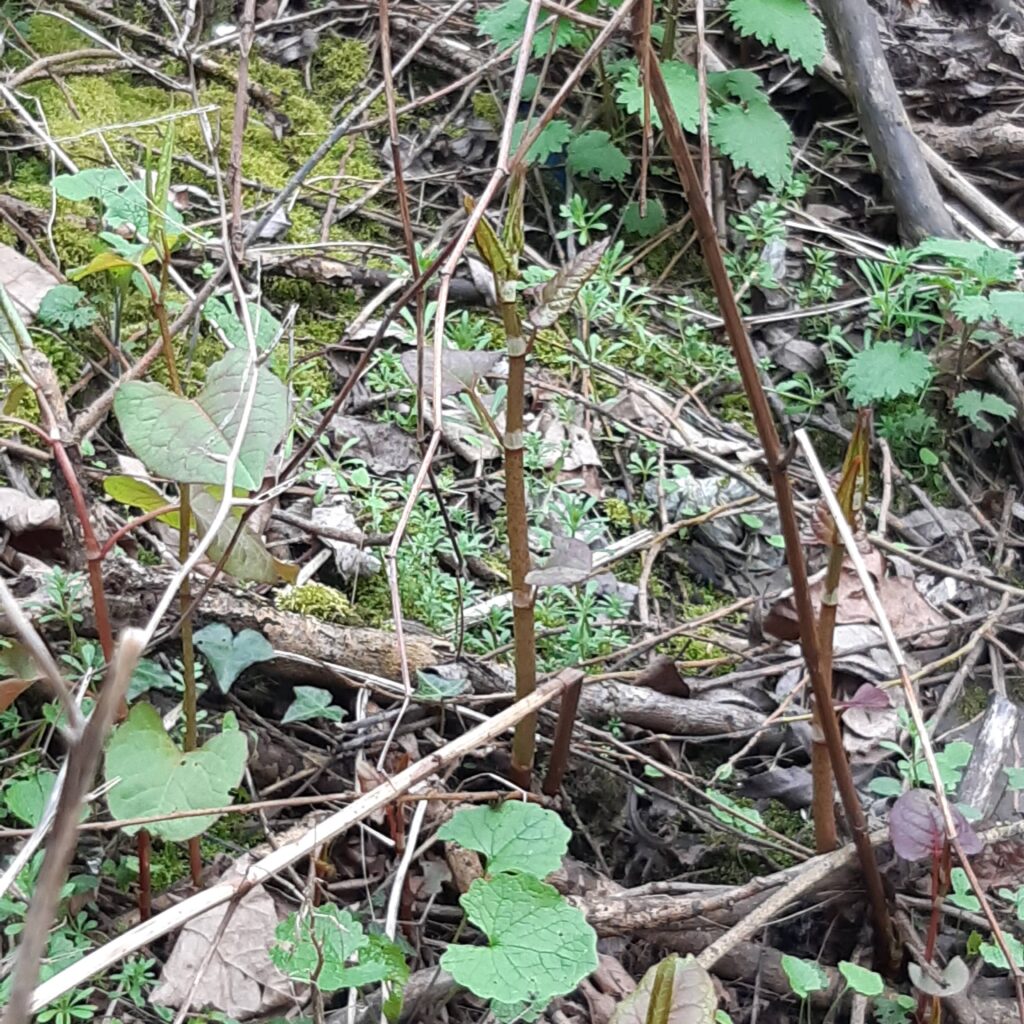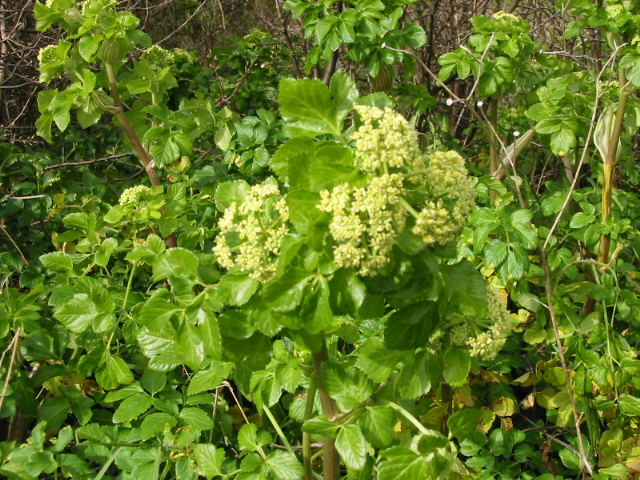Impact of Non-Native Plants on Flood Assets

There are over 2000 non-native species in the UK with approximately 75% of them being plants. Many of these have been intentionally introduced to enhance our gardens, but around 10-15% are classified as invasive as they cause negative environmental, economic or social problems. So much so that it is now a criminal offence to plant or intentionally grow a non-native invasive species.
Well known examples include Japanese knotweed, giant hogweed, and skunk cabbage. The Olympic Park in East London was found to be riddled with Japanese Knotweed and it cost over £70 million to treat and clear during preparation for construction. Giant hogweed can take over ten years to eradicate from a site.
Invasive species can also cause problems for flood defences and assets, especially where they grow vigorously and prevent native species from establishing. Examples of this include Alexanders and Sea Beet. The asset inspection teams at RAB frequently come across Alexanders during our Post Inspection Process (PIP) work for the Environment Agency. In some instances it causes the assets to fail inspections.
The teams at RAB pride themselves on keeping up to date with developments in respect of non-native and invasive species, and ongoing training is an important part of this. Staff recently undertook a range of online learning modules to broaden understanding and best practice. This included identify and report invasive species, and how to prevent the spread with the use of best practices such as the ‘Check, Clean, Dry’ procedure.
In response to the training we have created a ‘fact sheet’ to aid inspectors in identifying the most likely invasive and dangerous species we may encounter when on site, and further developed our H&S introductory process for new team members. Our inspection risk assessment now better reflects the training and best practices for invasive species. Staff now adopt the ‘Check, Clean, Dry‘ procedure to help prevent the spread of non-native invasive species and are better informed on the correct processes for identification and recordation of invasive species. The training better informs our understanding and ability to use the built-in AMX defects feature to record and report invasive species. Many of us have started using identification applications on our phones to help broaden our knowledge and act as a first reference for identification.
RAB deliver a wide range of flood related services for both public and private sector organisations. More information is available here on our website, or you can get in touch for an informal discussion on your specific project by email to enquiries@rabconsultants.co.uk or call our head office in Lichfield on 0330 223 6475.


Example of Japanese Knotweed (left) and Alexanders (above), a non-native invasive species that can affect flood assets.

